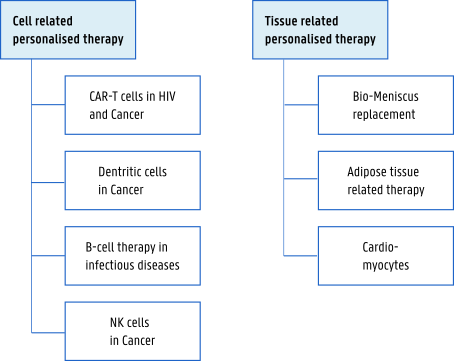General
Academia-Industry collaborations can enhance innovation, leading to various benefits for:
- Society: fast-track development of practical applications (e.g. new improved medical devices, techniques and therapies), launch of start-ups, novel job opportunities, increased competitive advantage of a region/country…
- Academy: financial return of investment resulting from commercialisation of academic research (e.g. patent and licenses), access to cutting-edge scientific equipment, enhancing institutional prestige…
- Industry: competitive advantage as the prior academic cutting-edge research decreases the time (and risk) it takes to bring a product from the lab to the market, enhancement of a company’s reputation, strengthening of the company’s own research and development…
The collaboration between academic researchers, (start-up) companies and industry funding is, however, complex. At the IVU, we can help you with:
- Promoting your innovative, application-oriented developments
- Bringing your technology to the market (e.g. licensing, spin-off)
- Building a strategic commercial (patent) portfolio
- Setting-up collaborations between university and industry
- Negotiations on IP, return of investment…
Advanced Cell and Tissue Engineering (ACT-T)
The Advanced Cell and Tissue Engineering (ACT-T) consortium is led by business developer Tim Desmet and focuses on cell therapies and tissue engineering. It is part of the IOF Industrial Liaison Network, a framework for collaboration between the Ghent University Association and industry (link).
ACT-T covers the entire trajectory from fundamental research up to, and including, first-in-human for both cell therapies and tissue engineering. Clinical proof-of-concept is herein essential.
The consortium provides support in:
- Identifying valorisation opportunities
- Setting-up industrial collaborations
- Expanding the cell- and tissue therapy network
- Maximizing the economic and societal impact
- …
The research topics which are ongoing and supported by ACT-T are shown in the figure below
